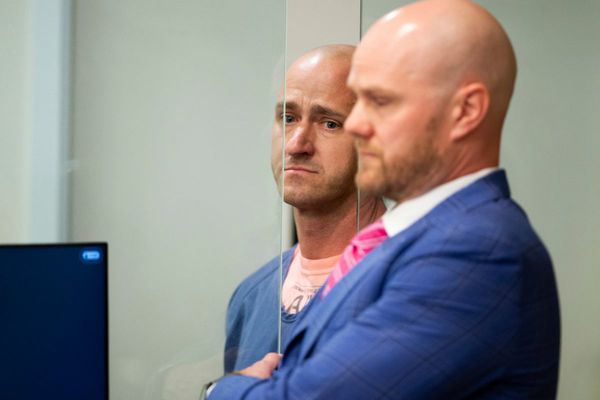Artist Namboodiri brightened Kerala’s art scene with his calm but active presence for over half a century. With his exceptional talent, he influenced and mesmerised Malayali sensibility through his sketches. No doubt, he was one of India’s best illustrators who also created noted paintings and sculptures in clay, wood and metal. Namboodiri made a mark in cinema working with filmmakers G. Aravindan, Padmarajan and Shaji N. Karun. In 1974, his art for Aravindan’s debut film Uttarayanam won him the State award. He was chosen for Kerala Lalitha Kala Akademi’s Raja Ravivarma Award for his overall contribution to the field of art in 2003.
His was a childhood of misery which deprived him of basic school education; he could only learn a bit of traditional medicine and Sanskrit. Interested in drawing from a very early age, he took the help of a relative to join the Madras School of Art, where K.C.S. Paniker’s meticulous guidance polished his talent. Paniker’s style influenced him in the early stages.
Writers’ favourite
In his 21 years at the Mathrubhumi weekly, he carved a niche as an illustrator, sketching for classic novels and short stories, offering readers of literature a whole new dimension of illustrations and literature, by extension. Writers were keen to see their characters come alive in the sketches of Namboodiri. V.K.N. claimed he wrote a novel with the sole purpose of making Namboodiri draw. His illustrations for Uroob, Kesavadev, Thakazhi Sivasankara Pillai, Thikkodiyan, Punathil Kunhabdulla and K. Surendran stood out. Naniyammayum Lokavum was his pocket cartoon during this period.
Namboodiri was with Kalakaumudi when he turned over a new leaf in illustration by depicting the characters of M.T. Vasudevan Nair’s Randamoozham. His autobiography Sketches presented his life through his drawings.
Chiselling out a niche
It amazes one to think that Namboodiri, with little training in sculpture, was able to do the concrete sculpture, Ammayum Kunjum, at Hindustan Latex in Thiruvananthapuram; the cement relief at the T.K. Divakaran Memorial in Kollam; the justice sculpture on the High Court complex; and the one on the Sun for a private company in Thiruvananthapuram.
He had definite ideas about art. “It works on a different plane from that of life and has no material identity. The production and enjoyment of art happen on an abstract level, which lies far beyond the physical realm. On the face of it, nothing will happen if you don’t have art. But the ideal state of being is when it is also present. Art excites its connoisseur; is capable of astonishing its creator. Great art can transfer that feeling of amazement to the aficionado,” Namboodiri once said in response to a query on art. And he believed that music was the greatest form of art.
Art from memories
Namboodiri discarded the conservatism of his community and was vocal against the caste system. His sketches were born from his numerous memories. And those deceptively simple lines drew praise from eminent art critics. With his passing, Kerala has lost a giant artist.
(Sudheer is a columnist, interviewer and writer)







